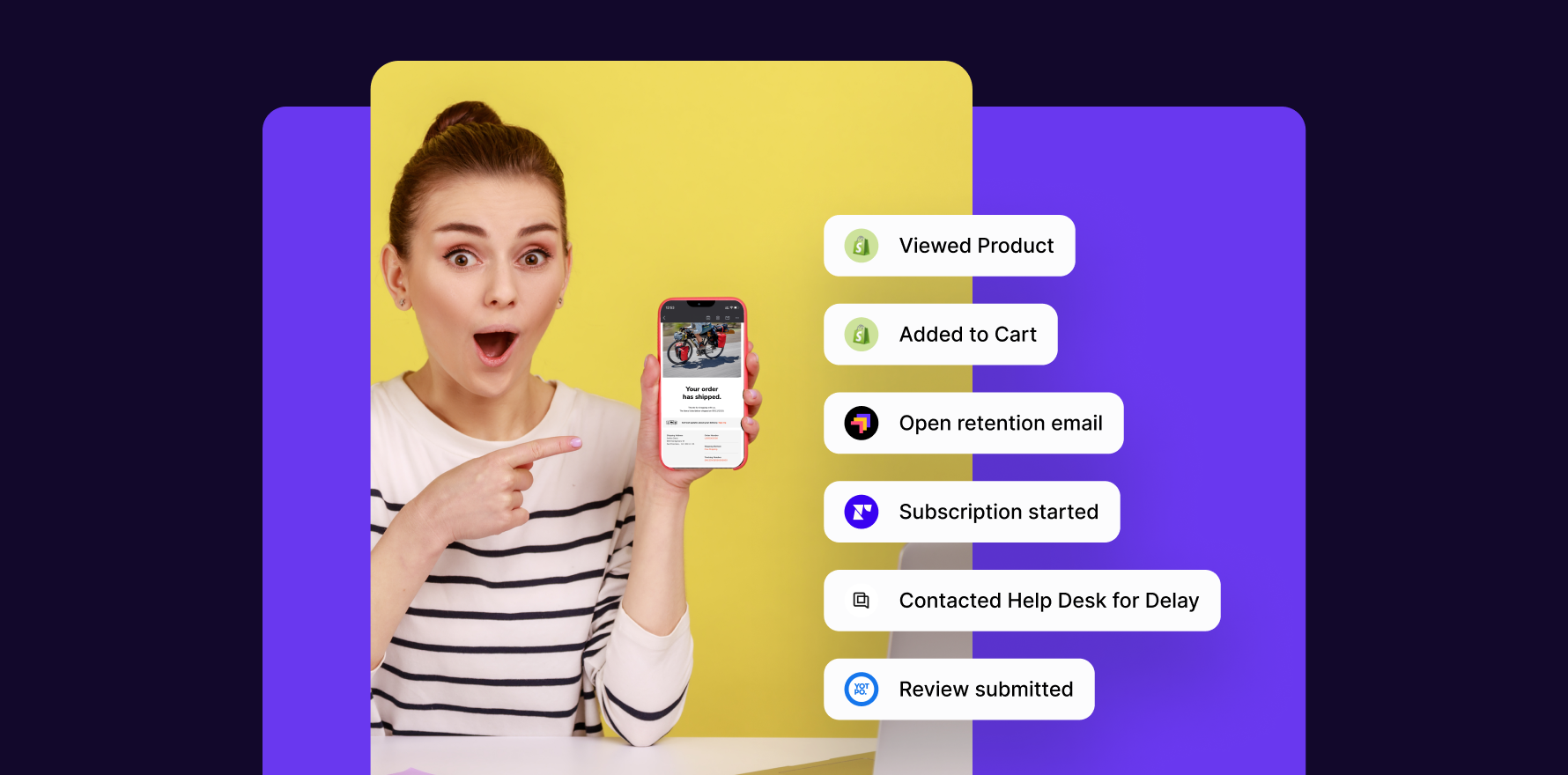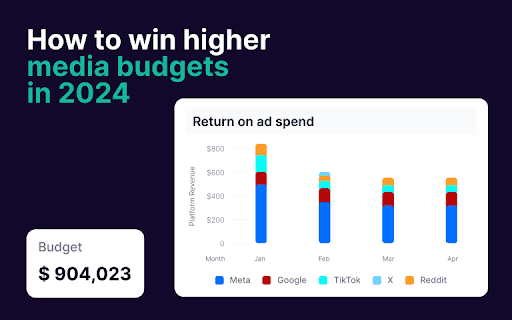What is Limit Ad Tracking?
Limit Ad Tracking is a setting available on mobile devices and digital platforms that enables users to opt out of tracking by advertisers. When activated, this feature prevents apps and advertisers from collecting personal data to create targeted ads, thereby enhancing user privacy.
Formula
Example
For example, when a user enables Limit Ad Tracking on their smartphone, apps and advertisers receive a signal to stop collecting data such as location, browsing habits, and app usage. As a result, the user sees fewer personalized ads and more generic advertisements.
Why is Limit Ad Tracking important?
Limit Ad Tracking is important because it empowers users to take control of their privacy and limit the amount of personal data shared with advertisers. It addresses growing concerns about data security and privacy in the digital age, and helps build trust between users and digital platforms.
Which factors impact Limit Ad Tracking?
Several factors can influence the effectiveness of Limit Ad Tracking, including the user’s awareness of the feature, the implementation by app developers and advertisers, and the device’s operating system. Despite its benefits, some users may still experience tracking due to non-compliance or technical limitations.
How can Limit Ad Tracking be improved?
To improve the effectiveness of Limit Ad Tracking, platforms can enhance user education about privacy settings, ensure compliance by developers and advertisers, and regularly update privacy policies and technologies. Transparency and clear communication about data collection practices are also crucial for maintaining user trust.
What is Limit Ad Tracking’s relationship with other metrics?
Limit Ad Tracking is closely related to metrics like Click-Through Rate (CTR), Conversion Rate, and Ad Spend Efficiency. When users enable Limit Ad Tracking, it may lead to lower CTR and conversion rates due to less targeted ads. However, it also encourages advertisers to focus on broader audience engagement strategies, potentially increasing ad spend efficiency.
Free essential resources for success
Discover more from Lifesight

















